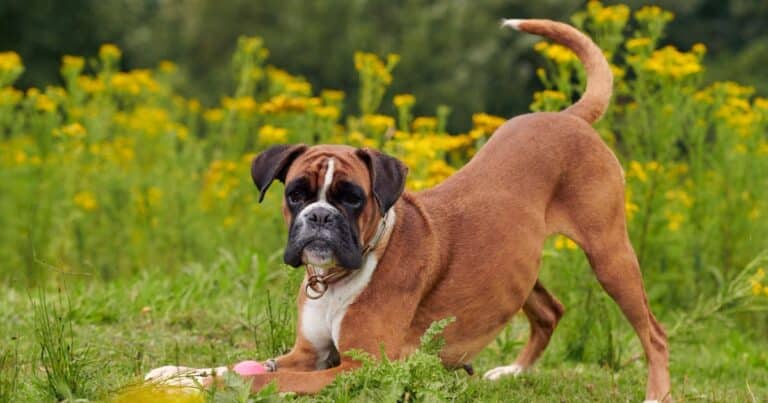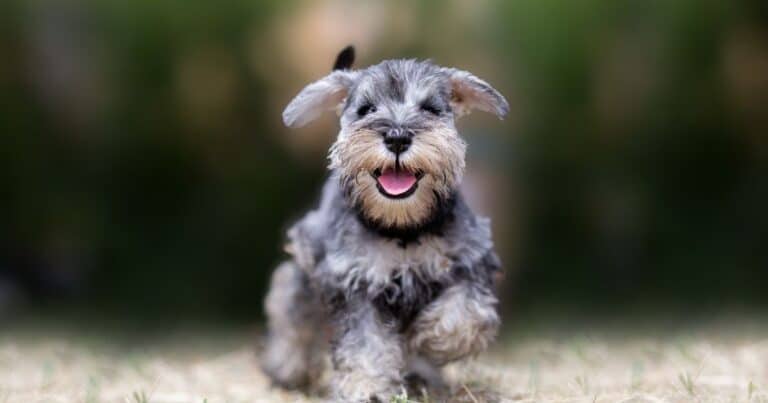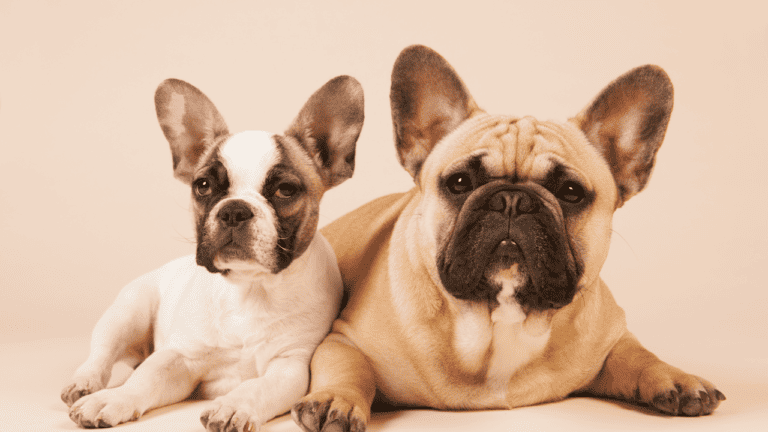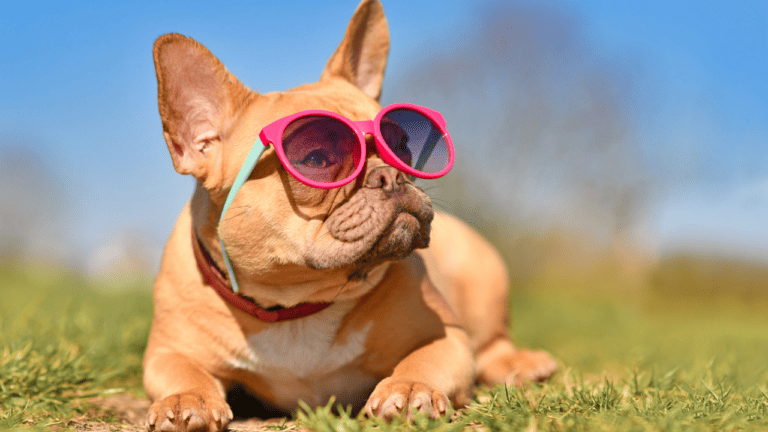Cavalier King Charles Spaniel: Lovely & Adorable

Introduction
Welcome to the enchanting realm of Cavalier King Charles Spaniels! If you’re a dog lover seeking a breed that effortlessly combines elegance, charm, and affection, you’ve stumbled upon the perfect introduction to your new four-legged friend.
In our blog post, we embark on a comprehensive journey into the world of these delightful companions. From their rich history to unique breed characteristics, care essentials, and the joys of sharing your life with one, this guide promises to be your go-to resource for understanding and embracing the irresistible allure of Cavalier King Charles Spaniels.
Whether you’re a prospective owner, a seasoned enthusiast, or simply intrigued by canine companionship, join us as we delve into the heartwarming and informative universe of this beloved breed. Get ready to uncover the secrets, stories, and sheer delight that come with welcoming a Cavalier King Charles Spaniel into your life! Understanding their unique traits is essential to providing them with the care and love they deserve.
If you want to explore all the dog breeds you can have a read here
Table of Contents
Brief History of Cavalier King Charles Spaniel
The Cavalier King Charles Spaniel, with its regal name and charming demeanor, boasts a history steeped in aristocracy and royal favor. The breed’s roots can be traced back to 17th-century England, where small toy spaniels were adored by monarchs and nobility alike.
During the reign of King Charles II, these spaniels became particularly cherished. The King’s deep affection for these dogs is well-documented, and his influence led to the breed being named after him. Portraits from the era often depict King Charles II in the company of these small, affectionate spaniels, showcasing their prominence in royal circles.
The breed’s popularity endured through subsequent generations, with King Charles Spaniels continuing to hold a special place in the hearts of English nobility. However, during the Victorian era, the breed underwent significant changes. Crossbreeding with Asian toy breeds, such as the Pug and Japanese Chin, introduced distinctive features like the domed head and shorter muzzle seen in today’s Cavalier King Charles Spaniel.
Despite the breed’s enduring charm, it faced challenges during the early 20th century. The modern Cavalier King Charles Spaniel we know today began to take shape in the 1920s, thanks to dedicated breed enthusiasts who aimed to restore the dog’s classic characteristics.
The breed was officially recognized by The Kennel Club in the United Kingdom in 1945, and its popularity gradually spread beyond British shores. Today, the Cavalier King Charles Spaniel is a beloved companion worldwide, known for its friendly disposition, elegant appearance, and unwavering loyalty—a testament to its enduring legacy as a royal favorite turned cherished household companion. These dogs were not only cherished as companions, but they also played a role in hunting small game.
Role as Beloved Companion Dogs
The Cavalier King Charles Spaniel has seamlessly transitioned from its historical role as a favored companion in royal courts to becoming an adored household member in contemporary times. Renowned for their gentle temperament and affectionate nature, Cavaliers excel in forming deep bonds with their human companions. Their innate ability to intuitively understand emotions and offer unwavering loyalty makes them exceptional therapy dogs and ideal family pets. Whether curled up on the couch for a cozy evening or enthusiastically participating in outdoor activities, these charming companions bring boundless joy and companionship to their owners’ lives.
The Cavalier King Charles Spaniel’s role as a beloved companion extends far beyond their aristocratic origins, earning them a special place in the hearts of families and individuals seeking the perfect blend of elegance, warmth, and devoted companionship. They thrived in the company of their owners, providing loyalty, companionship, and plenty of joy.
Importance of Understanding their Unique Traits
While Cavalier King Charles Spaniels may seem like just an adorable breed, understanding their distinctive traits is crucial for their health, happiness, and overall well-being. Let’s delve into their appearance, temperament, living needs, and more.
Appearance and Characteristics
Cavalier King Charles Spaniels possess elegant physical features and a charming personality.
Elegant Physical Features
- Distinctive Facial Expression
The large, round eyes and gentle expression of Cavalier King Charles Spaniels can melt anyone’s heart. Their soft, floppy ears add to their irresistibly cute appearance. - Size, Weight, and Proportions
These dogs have a moderate build, standing between 12 to 13 inches tall and weighing around 13 to 18 pounds. Their well-proportioned bodies are compact yet sturdy, making them agile and graceful. - Coat Varieties and Colors
Cavalier King Charles Spaniels sport a silky, medium-length coat that comes in four color patterns: Blenheim (chestnut markings on a white background), Tricolor (black and white with tan markings), Black and Tan, and Ruby (solid red). Their beautiful coats require regular grooming to maintain their shine.
Temperament and Personality
- Affectionate and Sociable Nature
Cavalier King Charles Spaniels are renowned for their warm and loving temperament. They thrive on human companionship, making them excellent family pets. They are equally comfortable with children, adults, and other animals. - Playfulness and Energy Levels
While Cavaliers cherish their snuggle time, they also possess a playful and energetic side. Regular exercise and engaging playtime are vital to keep them happy and healthy. - Compatibility with Families and Other Pets
These gentle companions get along well with children and other pets, thanks to their patient and friendly nature. They form strong bonds with their human and animal counterparts, creating a harmonious household.
Exercise and Grooming Requirements
- Daily Exercise Needs
Cavalier King Charles Spaniels are moderately active dogs that require daily exercise. A couple of walks, play sessions, or romps in a securely fenced yard can keep them physically and mentally stimulated. However, they are not overly demanding and can adapt to different activity levels. - Coat Care and Maintenance
To maintain the beauty of their coats, Cavaliers require regular grooming. Brushing their hair two to three times a week helps prevent mats and tangles. Regular bathing is necessary, but be cautious not to overdo it, as excessive bathing can strip their coat’s natural oils. - Common Health Concerns to Consider
While Cavaliers are generally healthy dogs, they are prone to some health conditions. These can include heart disease, eye problems, hip dysplasia, and ear infections. Regular visits to the veterinarian and a balanced diet can help mitigate these concerns.
Understanding their Living Needs
Creating a safe and comfortable home environment is essential for the well-being of your Cavalier King Charles Spaniel.
Creating a Safe and Comfortable Home Environment
- Indoor Space Requirements
Cavaliers are adaptable dogs that can thrive in various living spaces. However, they do best in homes with ample indoor space for play and relaxation. A securely fenced yard also provides them with a safe area to explore and enjoy the outdoors. - Safety Precautions for Small Size
Due to their small size, extra caution must be taken to ensure their safety. Removing potential hazards, such as toxic plants and small objects, can help prevent accidents. - Ideal Living Conditions
Cavalier King Charles Spaniels are happiest when they are an integral part of their families’ lives. They should live indoors with their loved ones, providing them with the love and attention they crave.
Training and Mental Stimulation
Cavaliers are intelligent dogs that respond well to positive reinforcement training methods. Mental stimulation is just as crucial as physical exercise for their well-being.
- Obedience Training Challenges and Tips
When training your Cavalier King Charles Spaniel, it’s important to be patient and consistent. Their sensitive nature responds best to gentle guidance and encouragement rather than harsh discipline. - Mental Exercise through Engaging Games
Keeping their minds active is essential for Cavaliers. Engage them in interactive games, such as puzzle toys or hide-and-seek, to provide mental stimulation and prevent boredom. - Socialization for a Well-behaved Pet
Exposing your Cavalier King Charles Spaniel to various environments, people, and other animals from an early age helps in building their social skills and ensures they grow up to be well-rounded pets.
Longevity and Health Care
Proper care and regular veterinarian check-ups contribute to the longevity and well-being of your Cavalier King Charles Spaniel.
- Life Expectancy and Factors Affecting It
On average, Cavalier King Charles Spaniels live for 10 to 14 years. However, certain factors such as genetics, diet, exercise, and overall healthcare can influence their lifespan. - Vaccination and Preventive Care
Regular vaccinations and preventive measures, such as flea and tick prevention, are crucial to protect your Cavalier King Charles Spaniel from common diseases. - Regular Vet Check-ups and Health Monitoring
Routine vet check-ups, dental care, and monitoring their overall health are essential aspects of responsible pet ownership. Regular visits to the veterinarian help catch and address any health issues early on.
A special ebook to help you train your pet. If interested click here
Nurturing the Cavalier King Charles Spaniel
Proper nutrition, bonding, and emotional well-being are vital aspects of nurturing your Cavalier King Charles Spaniel.
Nutrition and Dietary Requirements
- Balanced Diet for Optimal Health
Feeding your Cavalier King Charles Spaniel a balanced diet that provides all the essential nutrients is crucial for their overall health and well-being. Consult your veterinarian for guidance on the appropriate diet for your pet. - Suitable Feeding Schedule and Portions
Divide their meals into two or three smaller portions to help prevent obesity. Providing them with regular mealtimes helps establish a healthy routine. - Common Dietary Sensitivities or Allergies
Some Cavalier King Charles Spaniels may have dietary sensitivities or allergies to certain ingredients. It’s important to be aware of these and choose food accordingly.
Enhancing Bonding and Emotional Well-being
Cavalier King Charles Spaniels thrive on love and attention from their owners. Strengthening the bond with regular care and training enhances their emotional well-being.
- Importance of Quality Time and Attention
Spending quality time with your Cavalier King Charles Spaniel, whether through play, walks, or simply snuggling together, helps strengthen the bond between you. - Positive Reinforcement Training Methods
Positive reinforcement training, such as rewards and praise, helps Cavaliers respond well and builds a trusting relationship with their owners. - Catering to their Affectionate Nature
Cavaliers have an inherently affectionate nature. Regularly cuddling, petting, and showing them love and attention fulfills their emotional needs.
Traveling and Exploring with your Cavalier King Charles Spaniel
With their adaptable nature, Cavaliers can make great companions for your travel adventures.
- Preparing for Safe Traveling
Ensure your Cavalier King Charles Spaniel’s safety during travel by using appropriate safety restraints, providing comfortable bedding, and taking frequent breaks for exercise and bathroom breaks. - Suitable Accommodations and Activities
When choosing accommodations, look for pet-friendly hotels or vacation rentals. Research nearby parks, beaches, or hiking trails that allow dogs, so you can both enjoy new experiences together. - Tips for Adventurous Yet Responsible Outings
While exploring new places, always keep your Cavalier on a leash when in public areas and clean up after them. Respect the rules and regulations of each location to ensure a positive experience for both your pet and those around you.
Conclusion
Cavalier King Charles Spaniels are remarkable companions, celebrated for their elegance, affectionate nature, and adaptability to various lifestyles. By understanding their unique traits, providing proper care, and nurturing their emotional well-being, you can experience the true delight of having a Cavalier King Charles Spaniel as a cherished family member.
Remember, these delightful dogs offer unconditional love and loyalty. If you embrace the remarkable bond they offer, your life will be enriched in countless ways.
FAQs on Cavalier King Charles Spaniel
- Are Cavalier King Charles Spaniels good with children?
Cavalier King Charles Spaniels are known for their gentle and patient nature, making them excellent companions for children. - What is the necessary amount of exercise for Cavalier King Charles Spaniels?
Cavaliers have moderate exercise needs and thrive with daily walks and playtime. Around 30 minutes to an hour of exercise per day usually suffices. - Do Cavalier King Charles Spaniels shed a lot?
Cavalier King Charles Spaniels are moderate shedders. Regular brushing can help manage their shedding and keep their coat looking its best. - Are there any specific health concerns associated with this breed?
Cavalier King Charles Spaniels are prone to certain health conditions such as heart disease, eye problems, hip dysplasia, and ear infections. Consistent veterinary examinations and appropriate care can aid in preventing or addressing these concerns. - Is it possible to leave Cavalier King Charles Spaniels unattended for extended durations?
Cavaliers are companion dogs and thrive on human companionship. While they can tolerate some alone time, leaving them alone for long periods is not ideal for their well-being. - Are they suitable for apartment living?
Cavalier King Charles Spaniels are adaptable and can live comfortably in apartments if provided with sufficient exercise and mental stimulation. - What kind of diet is suitable for Cavalier King Charles Spaniels?
A balanced diet tailored to their size, age, and specific dietary needs is ideal for Cavalier King Charles Spaniels. Consult your veterinarian for the best diet for your pet. - What is the recommended frequency for grooming my Cavalier King Charles Spaniel?
Consistent grooming is essential to preserve their lovely fur. Brushing their hair two to three times a week, regular bathing, and periodic nail trims are essential. - Do Cavalier King Charles Spaniels bark excessively?
Cavaliers are generally not excessive barkers. However, like any dog, they may bark to alert or communicate. Proper training and socialization can help manage barking behaviors. - Are they good for novice pet owners?
Cavalier King Charles Spaniels are generally good for novice pet owners. They are adaptable and relatively easy to train, making them suitable for first-time dog owners.







